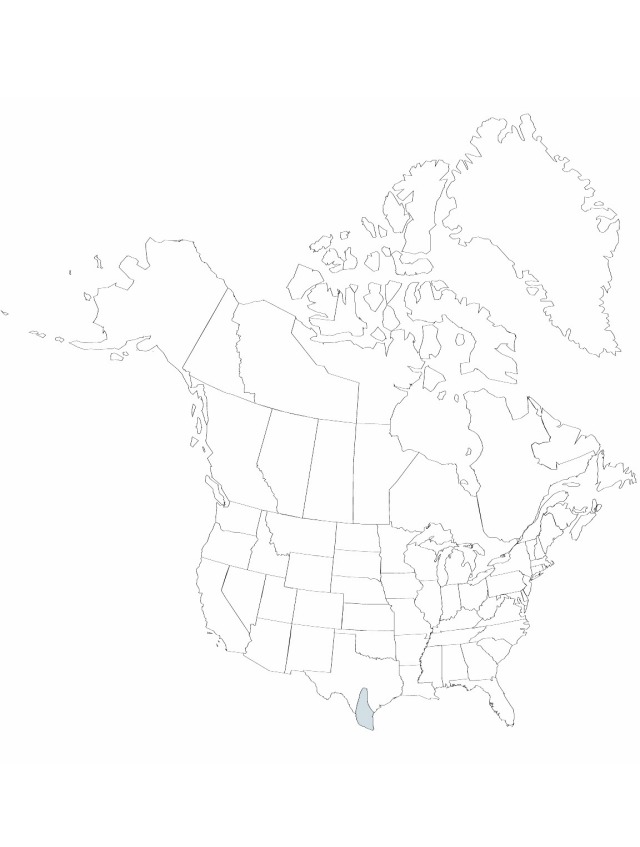Tradescantia buckleyi
Kew Bull. 30: 451. 1975.
Roots tuberous, tufted. Stems loosely branched, to 50 cm, glabrous. Leaves spirally arranged; blade not variegated, elliptic, to 12 × 3.5 cm (distal leaf blades wider or narrower than sheaths when sheaths opened, flattened), succulent, base symmetric, rounded to broadly cuneate, margins ciliolate, apex acute, glabrous. Inflorescences terminal, pedunculate; peduncles 3–5.5 cm; bracts similar to leaves but somewhat smaller. Flowers subsessile; pedicels 0.7–0.8 cm, glabrous except for long silky hairs at summit; sepals distinct, base densely pilose, other surfaces sparsely pilose; petals ovate, clawed, 1 cm, claws basally connate forming tube, limb pale pink or whitish; stamens epipetalous; filaments bearded, antipetalous filament epipetalous, connective orange, broad; ovary densely bearded. Capsules subglobose, 3.5 mm diam., pubescent. Seeds 2–3 mm.
Phenology: Flowering mainly late winter–spring (Feb–May).
Habitat: Clay mounds in chaparral
Distribution

Tex., Mexico (Tamaulipas).
Discussion
Selected References
None.